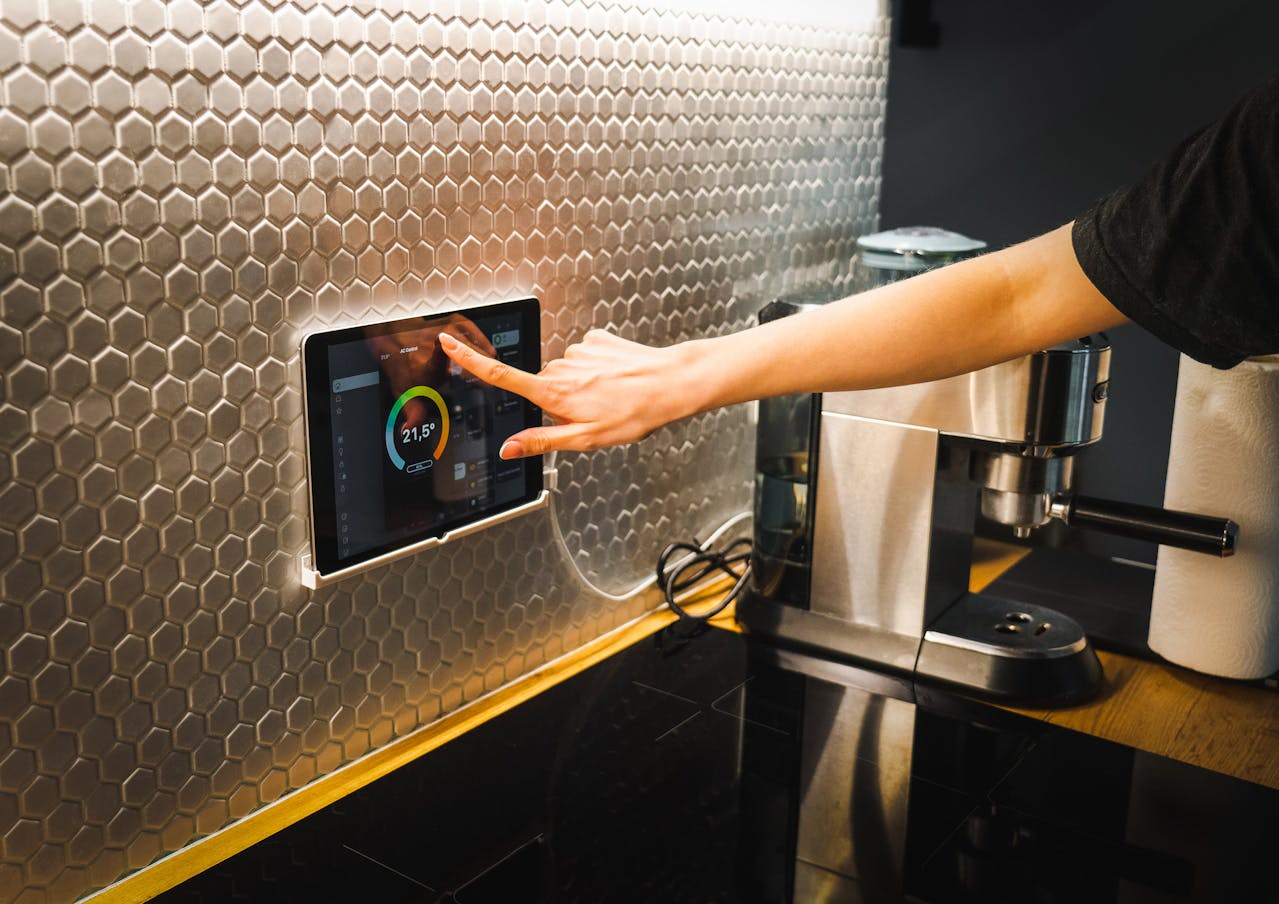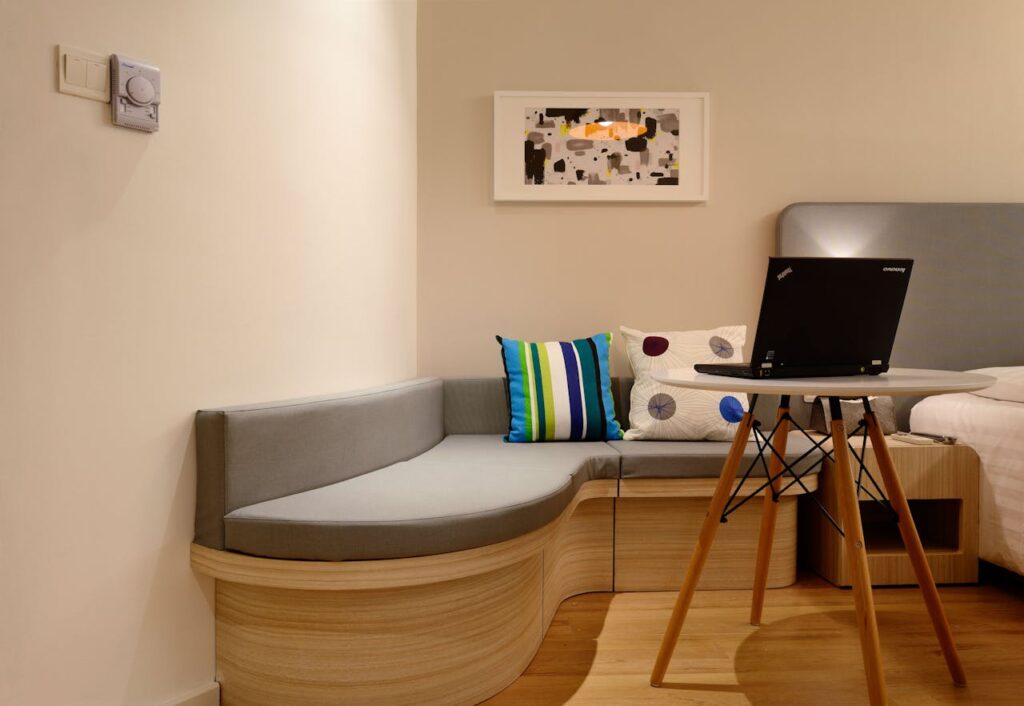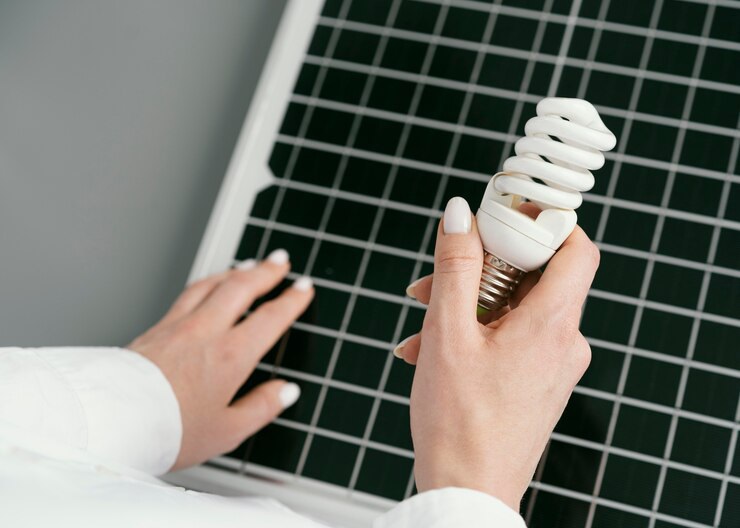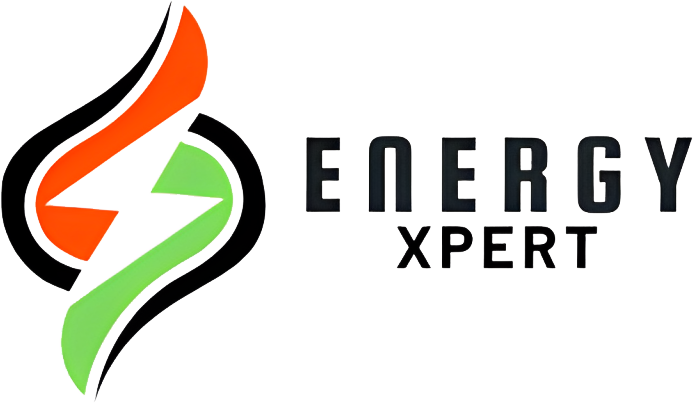
Energy is wasted when a light in an empty room remains on, whether it is a conventional or LED light. When not in use, we can employ sensors to switch them off. To further prevent lights from turning on during the day, photocells can be used.
Moreover, LED lighting functions incredibly well with occupancy and daylight sensors, which is another big advantage of using them in both indoor and outdoor areas. By enabling you to fully regulate your energy usage, these sensors provide true scalability and cost savings.
Sensor technology has developed over the last ten years and can now be adjusted to satisfy the majority of lighting needs. These are no longer basic motion detectors that use basic timers that inconveniently turn off when you need them most, leaving you waving your arms wildly to turn on the lights, or that use wasteful floodlights when the neighborhood stray walks through your yard.
With the help of sophisticated thermostatic controls, you can enhance lighting controls, get information about your system, and make your building safer and more energy-efficient.
These days, these gadgets actually do work for you. Let’s examine them in more detail to see how they stack up and how they can begin saving you money right now.
Daylight sensors reduce LED light output and supplement it with natural light in order to maintain the same brightness level in a given space. This is often referred to as “daylight harvesting,” which basically means that the more daylight or sunshine they detect in a certain area, the less electricity you use, saving you more money and energy.
Utilizing these devices can drastically lower energy costs, particularly for big or multi-structure complexes where a lot of light fixtures, including parking lots and entrances, need to stay lit at night. Daylight sensors actively lower when natural daylight increases, in contrast to conventionally designed lighting solutions (such as streetlamps that switch off once it reaches a certain level).
These sensors are useful for more than simply outdoor illumination, though. Indeed, daylight sensors can offer the same wonderful advantages indoors as well, particularly if your home has a lot of glass windows and hallways. To get the best of both worlds, they can also be paired with occupancy sensors.


Replace your mind if you think adding occupancy sensors will save only a small amount of money. It’s not just restrooms and storage closets that can benefit from these sensors. Actually, practically every interior or outdoor environment can benefit from occupancy sensors. For even greater energy savings and efficiency, they can be paired with daylight sensors.
Occupancy sensors identify when people or animals are present in an area, while motion detectors only turn on the lights when there is movement. As a result, there won’t be a lag between when you leave a place and when the lights turn out because they aren’t on timers and will not turn off if you wait.
It is also possible to use occupancy sensors in conjunction with daylight sensors.
It is also possible to use occupancy sensors in conjunction with daylight sensors.
To further reduce costs, all of the sensors and lights can be networked together, building on the concepts of photocell, occupancy sensor, and daylight harvesting. We employ Signify’s Interact System because it is among the highest-quality, longest-running software systems available for controlling lights.
Even greater savings and improved light performance are achieved with networked lighting. Not only are sensors more likely to detect human activity when lights are connected, but they can also provide maintenance and administrative workers with improved insights regarding occupancy, scheduling, and other topics. Even while networked lighting systems save significantly more money than conventional lighting systems, the best thing is that they are not that much more expensive.
While programming networked lighting was very expensive, time intensive, and required a lot of hard wires in the past – they are far easier with modern smart phones. Almost all of the networked or advanced lighting control systems can be programmed via a modern smart phone, and the lights can communicate to each other via zigbee or other communication wirelessly.


Indeed, smart thermostats are clever. They provide more intelligent control over your HVAC system, saving you both money and energy. The best thing is that less use of the equipment means less maintenance and a longer lifespan.
Smart thermostats are just thermostats with sophisticated controls that can be programmed. Because they use less energy to heat or cool buildings when they are empty, programmable thermostats save money. These small changes result in significant energy savings because heating and cooling account for a large portion of energy use in practically all commercial environments.
Smart thermostats can do much more than just adjust the temperature on a schedule; they can also sense when a space is occupied, use data platforms to provide you insight into actual usage, show you how the building is performing while you’re not there, and even control your free cooling (economizing) settings and performance monitoring.
The greatest smart thermostat for businesses, with restrictions on economizer settings. Those who own and manage several properties will also greatly benefit from the Ecobee smart buildings site.
The popular platform and brand Ecobee is easy to install on most systems and was created with commercial systems—including EMS Si—in mind. Designed for fire departments and fast-food franchise restaurants, the SmartBuldings technology lets you manage many buildings from a single interface.

Though most user-friendly and superior in terms of data collecting and interface, this smart thermostat is designed for home use. Nearly any kind of home or business can easily utilize the Nest portal due to its simplicity.
We suggest the Nest smart thermostat for establishments or public buildings that have split systems, meaning that the air conditioner and furnace are not connected. The Pelican and Ecobee are more energy-efficient devices because to their superior internal algorithms and user-friendliness, but their performance is not as strong. This is because you are wasting a lot of energy even with the greatest system on the planet if it is always operating.


When paired with the demand control ventilation and the new PEARL economizer module, this is the ideal tool for overall energy savings. The Pelican thermostat system has more reliable data.
With the Pelican, you have the ability to control real demand control ventilation with your HVAC system and monitor CO2 levels within a space. In terms of air quality and COVID 19 building safety, this means that your system will distribute air across a space appropriately dependent on occupancy.
The CDC often advises office buildings to have the HVAC system’s fan operating constantly during occupied hours, beginning an hour before and continuing until an hour after. This implies that you should turn your HVAC fan to “on” between the hours of 8 and 6 if your building is inhabited from 9 to 5. By doing this, the right amount of outside air will be brought in to rotate the air in a space and ensure that it is safe for occupants to breathe and free of pollutants and germs.
The CDC just advises extending this period by one hour, or two hours before and two hours after occupancy to adequately circulate air, in the event of COVID 19. The CDC states that even though sophisticated systems like the Pelican can assist you in controlling your economizer to bring in more fresh air, you can achieve this with a basic thermostat setting. Without programmable or smart thermostats, it is inefficient to carry out these complex settings.

Packaged rooftop units, or RTUs, are a feature of the majority of contemporary commercial buildings constructed in the last 50 years. These big boxes employ the same technology to ventilate the heated and cooled air throughout the structure.
For a variety of reasons, including fewer germs spreading and the removal of volatile compounds—which are prevalent in many contemporary products—from public areas, the code mandates fresh air for the safety of its residents. Every day a space is occupied, code mandates an air change since freshly painted walls or new carpets will release something harmful to humans.
Modern RTUs achieve this by continuously introducing fresh air, which is frequently managed by the economizer. This implies that, in accordance with code, an uninhabited structure must admit hot or cold air even on the days when it is vacant.
This may be fixed with an easy-to-use yet sophisticated control system that only allows fresh air to enter when people are inside and need it. The thermostat, ductwork, or even a separate wall sensor in the occupied space can all have a carbon dioxide sensor installed. Levels of CO2 will climb as more people enter. The system will activate the economizer and introduce fresh air when it reaches a predetermined threshold, usually 500–700 ppm.
This straightforward technique reduces wear and tear on equipment, ensures that our facilities are safe for people, and uses a ton of energy. A compressor that is not run will last a little bit longer.

A more complex control system is needed for larger buildings, one that frequently incorporates HVAC, lighting, and other features.
Only systems that draw energy are controlled by Energy Management Systems, which are quite similar to BAS systems. Smaller buildings are increasingly using these systems since they are frequently less expensive to install than building automation systems.
Structure Automation Systems (BAS) are a powerful tool for optimizing energy savings and monitoring throughout your entire structure. Schedules are given priority by BAS systems, so make sure the occupants receive the proper temperature and fresh air at the appropriate time and location. These intricate control systems can save a significant amount of energy, but they are costly to operate and replace. Retro-commissioning can really result in annual savings of thousands of dollars, and in certain cases, monthly savings as well. These systems are capable of managing practically everything that needs to be scheduled and controlled in a large structure, not only energy.

The quantity of phantom power load in our buildings—which frequently take electricity whether we are using the gadget or not—is decreased with the use of smart power strips. A computer display, for instance, uses energy while it is turned on, less when it is sleeping, and less at all when it is unplugged.
The lead plug on a smart power strip controls when the rest of the strip should get power. This gadget has a huge power-saving potential when operated properly. For instance, only while the computer is operating and carrying a reasonable load can a computer station equipped with two displays, a speaker system, and phone charging devices be managed. The remainder of the power strip is not receiving power when it is asleep since it is inert. Thus, while the computer is not in use, a properly installed power strip will turn off the rest of the system, saving a ton of electricity.
While these are excellent tools, proper setup is frequently challenging. For laptops, iPads, or other tablets, they are not very effective. The savings are declining together with the efficiency of computer monitors. We think they remain an important part of the financial toolset for both homes and companies.
Customers have saved hundreds of dollars on energy costs thanks to Energy Xperts' assistance in upgrading inefficient and antiquated lighting systems since 2010. We offer a free energy evaluation, install the solutions, and even assist you receive financial rewards from utility companies and government incentives. Our knowledgeable staff is here to help you every step of the way. To provide you peace of mind that every facet of your project is taken care of, we provide comprehensive services that span the whole project with a single point of contact.
To get started, either call the Energy Xpert LED team or complete our online form.
We would be delighted to have the chance to visit with you and discuss our services, methods, and unique selling points.
Our team of installers will visit your location to recycle your old bulbs and install all of the new LEDs.
Never believe anything we say. View our efforts to upgrade Chicagoland's HVAC systems to higher efficiency models or even incorporate EV car charging in order to draw in more clients and staff members while also increasing energy efficiency.
